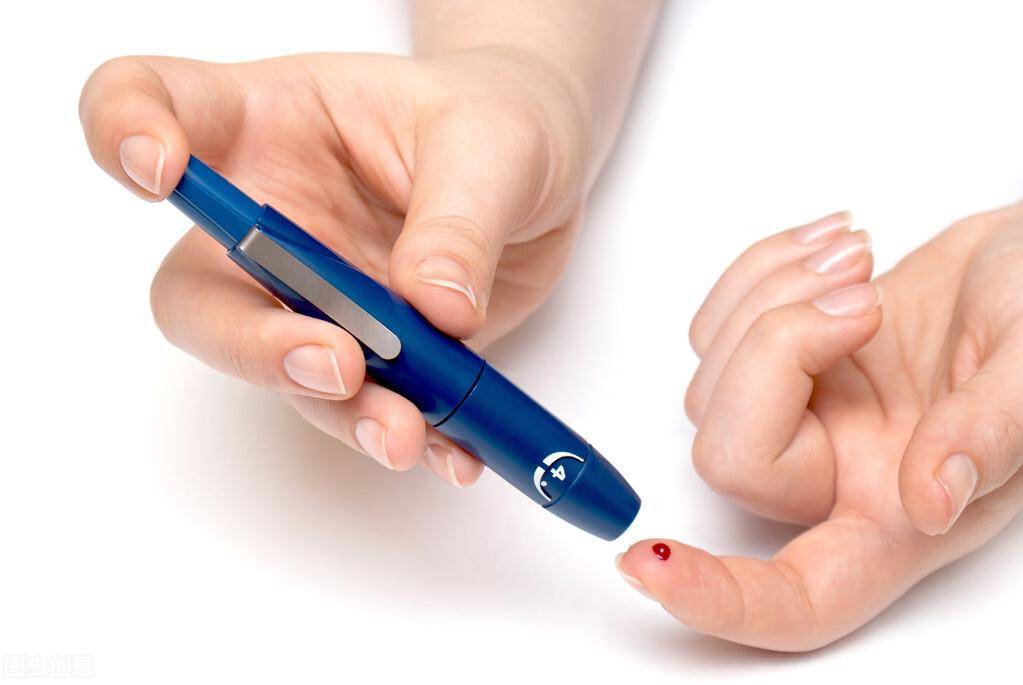When it comes to diabetes, I believe everyone is familiar with it. Diabetes has become a particularly common disease. With current medical technology, diabetes requires long-term drug control and attention to diet for control, and it cannot be completely cured for now.
Diabetes requires controlling sugar intake, but fruits are sweet too, so can’t we eat them? It has always been emphasized to have a balanced diet. Fruits contain many nutrients, so avoiding fruits altogether due to diabetes is also not beneficial for health.
As long as blood sugar is controlled well, some fruits can be consumed in moderation. Also, the sugar content in fruits varies, and by choosing fruits with lower sugar content, you can confidently eat them. Can diabetes patients eat fruits? How much is suitable per day?
Fruits are rich in nutrients such as vitamins, dietary fiber, etc. So, when blood sugar is well controlled, it is still advisable to supplement with some fruits.
However, even though fruits are healthy, they should not be consumed excessively. Even healthy individuals should control their daily intake of fruits, and diabetes patients need to pay even more attention, with a daily intake of around 100-200 grams of fruits containing less than 15% sugar.
Each individual’s body is different, and you can measure blood sugar 2 hours after eating fruit. If there is not much fluctuation in blood sugar, then that fruit is considered relatively safe, otherwise, it is advisable to eat less. Here are five fruits you can confidently eat:
1. Apple
Apples are a common fruit, very affordable, and rich in nutrients. Despite being sweet, apples have low sugar content and a low glycemic index, making them a safe option.
2. Grapefruit
Grapefruits are not as sweet as apples, have low calories, low sugar content, and do not interfere with blood sugar control, making them suitable for consumption.
3. Strawberries
Strawberries are delicious, rich in nutrients, and have low sugar content. As long as the intake is controlled, they are suitable for diabetes patients.
4. Kiwi fruit
Kiwis have a sugar content of only 8%, making them a low-sugar fruit that can be eaten confidently.
5. Avocado
Avocados have a low glycemic index and low sugar content, making them a suitable choice.
When selecting fruits, diabetes patients should opt for fruits with less than 10% sugar content, meaning less than 10 grams of sugar per 100 grams of fruit. Consume them when blood sugar is well controlled, and monitor daily intake. Fruits with a sugar content greater than 10% or even 20% should be avoided or consumed minimally. Avoid these five fruits:
Chinese dates, persimmons, cantaloupe, peaches, grapes, which have sugar content exceeding 20%. So, it is best to avoid these fruits when making choices.
What else to consider for stable blood sugar:
1. Blood sugar monitoring
Regular blood sugar monitoring helps understand blood sugar control and identify foods that should not be eaten excessively, aiding in blood sugar control.
2. Personal hygiene
Focus on personal hygiene, avoid touching unclean items, especially in public places without washing hands, and refrain from rubbing eyes with unwashed hands.
3. Regular routine
Irregular sleep habits like staying up late are harmful to the body, so ensure sufficient sleep daily. Also, engage in appropriate physical activity that does not harm the body. In conclusion,
Although diabetes may not seem as scary as before, it can still lead to many complications, so it must be taken seriously. By paying attention to the small details in life, one can fundamentally reduce the risks associated with diabetes.


